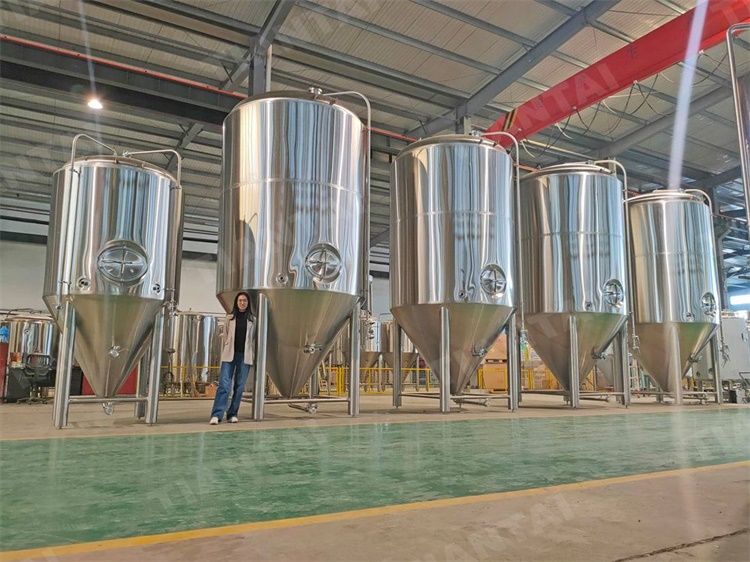How to brew zero-alcohol beer with brewery equipment?
1. Malt Selection: Choose malt with low fermentable sugars, as these sugars will be converted into alcohol during fermentation. Specialty malts like caramel or roasted malts can add flavor and color without contributing to alcohol content.2. Mashing Process: Perform a standard mashing process to extract fermentable sugars, but avoid high-temperature mashing that produces more fermentable sugars. This step is crucial in controlling alcohol production.
3. Extended Boiling: Extend the boiling time to allow more alcohol to evaporate. Longer boiling helps reduce alcohol content while preserving beer flavor.
.jpg)
4. Vacuum Distillation: Utilize vacuum distillation to further remove alcohol at lower temperatures, minimizing flavor loss. This process is more gentle on the beer's delicate characteristics.
5. Fermentation: Use yeast strains with low alcohol tolerance or employ specialized yeasts that do not produce alcohol during fermentation.
6. Filtration and Carbonation: Filter the beer to remove any remaining yeast and impurities. Carbonate the beer to achieve desired fizziness.
7. Conclusion: Brewing zero-alcohol beer requires careful consideration of ingredients and brewing techniques. The right brewery equipment facilitates precise control over the process, ensuring that the resulting zero-alcohol beer retains its desirable flavors and aromas. As the demand for non-alcoholic options continues to grow, breweries can meet consumer preferences by utilizing suitable brewery equipment to craft high-quality zero-alcohol beers that offer a delightful and satisfying drinking experience.
Edited by Vincent
Email: [email protected]


.jpg)



Get In Touch